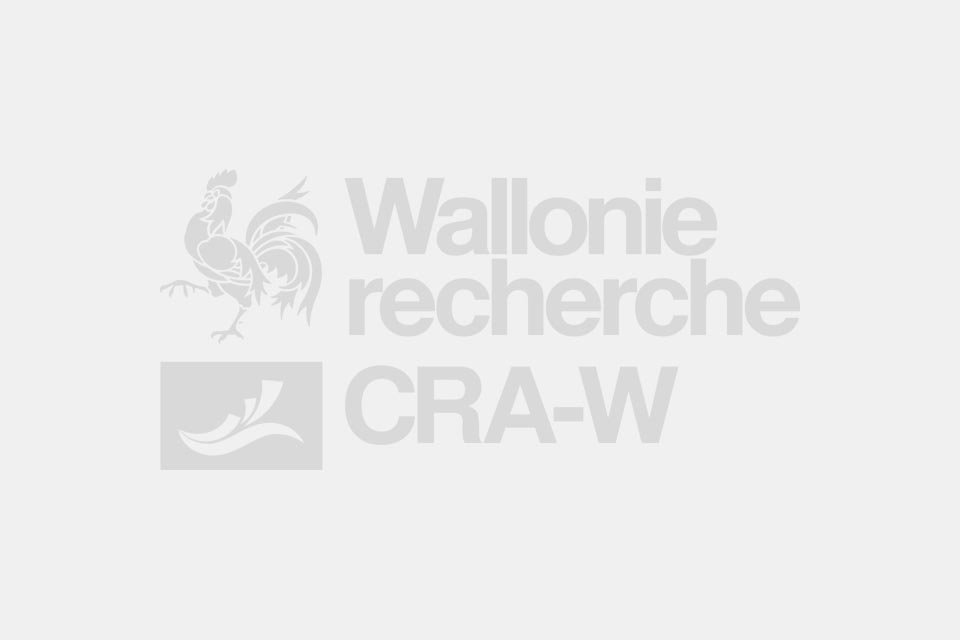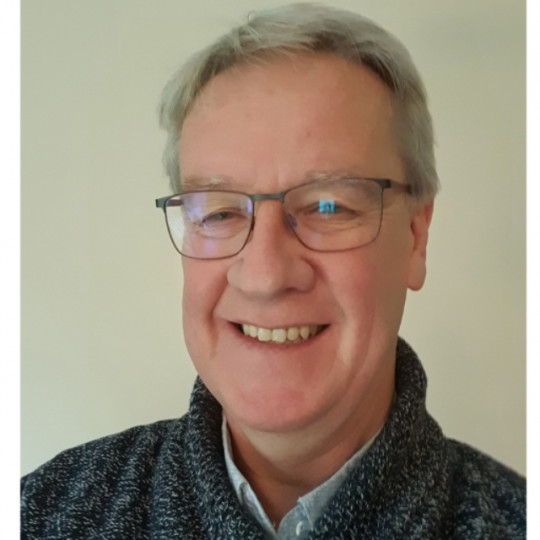Context
One of the major issues for 21st century agriculture is ensuring food security while sustainably maintaining the production potential of agricultural land. At the level of the plot, the unit managed by the farmer, that means taking greater account of intra-plot sources of variation. This is essential in order to move towards optimum management of production factors. More detailed knowledge of the specific potential of the plot and its immediate environment is needed and that requires data gathering. Once integrated, analysed, compared and correlated, those data will enable justified decisions to be taken in order to optimise the efficiency of cultural practices and the effectiveness of inputs and operations carried out. These aspects represent major issues within the Ecologically Intensive Agriculture concept (Bonny, 2011).
Objectives
VISA aims to utilise the geolocalised data collected by sensors fitted as original equipment to the agricultural machinery (load, slip, consumption and other sensors) at each pass in the field. These data will be cross-linked with other agriculturally relevant data, such as OM content, soil humidity and surface particle size distribution, leaf area index, level of biomass infestation by pathogens, etc., collected by non-invasive specific sensors. These sensors will be on-board either the usual agricultural machinery or aircraft (drones) or will take the form of fixed environmental metrology sensors at plot level. The study will comprise a four-year crop sequence set up at two experimental plots, one at the CRA-W site and the other on a working farm. The data gathered by the various sensors will be used to adapt crop husbandry strategies at the two plots.
Description of tasks
The VISA project comprises four main tasks:
- Identifying the relevant generic data that can be acquired by the farmer in the course of his recurrent work on his plots. The idea is to utilise the data generated automatically by the tractor and the mounted or trailed agricultural equipment.
- Correlating and validating the generic data with other, more conventional observational data obtained from analytical measurements in the field and/or from optical sensors linked to various platforms (manual, tractors or agricultural machinery, aircraft, drones or satellites).
- Integrating the generic data identified as relevant into decision support systems that can be managed in a short data circuit (acquisition and processing) by the producer in order to develop strategic or tactical approaches to managing three main production factors: tillage, drilling and fertilisation.
- Assessing the feasibility and added value (economic, agricultural, technical and environmental) of applying the strategies defined in the context of Wallonia’s plots of land.
Expected results
On completion of the 4-year trial it will be possible to:
- assess the technical feasibility of adjusting the production factor levels (or levers) across the whole of the plot;
- assess whether spatial and geolocalised adjustment of the factors according to the heterogeneousness of the plot results in input savings and yields that differ from those obtained from uniform application of each factor in the same conditions;
- assess the environmental benefit of that adjustment.
Funding
- CRA-W - Moerman funds








